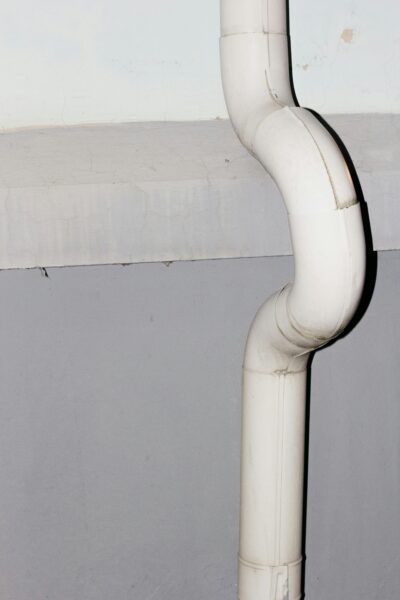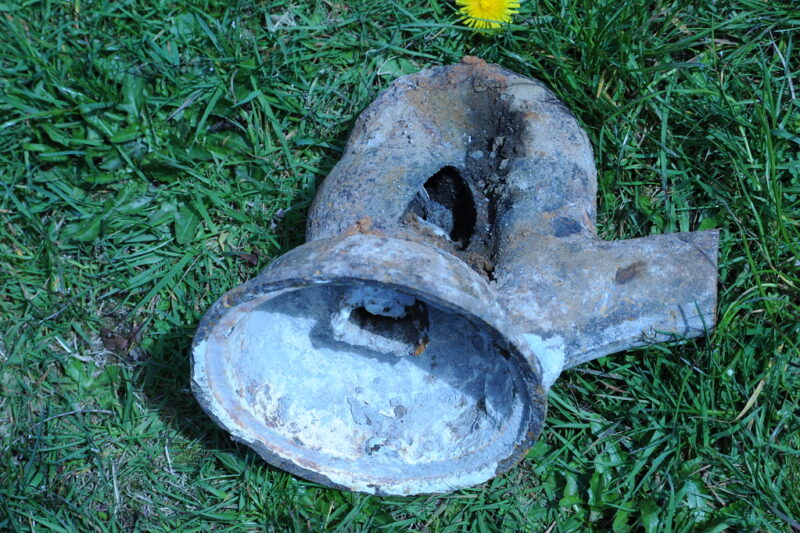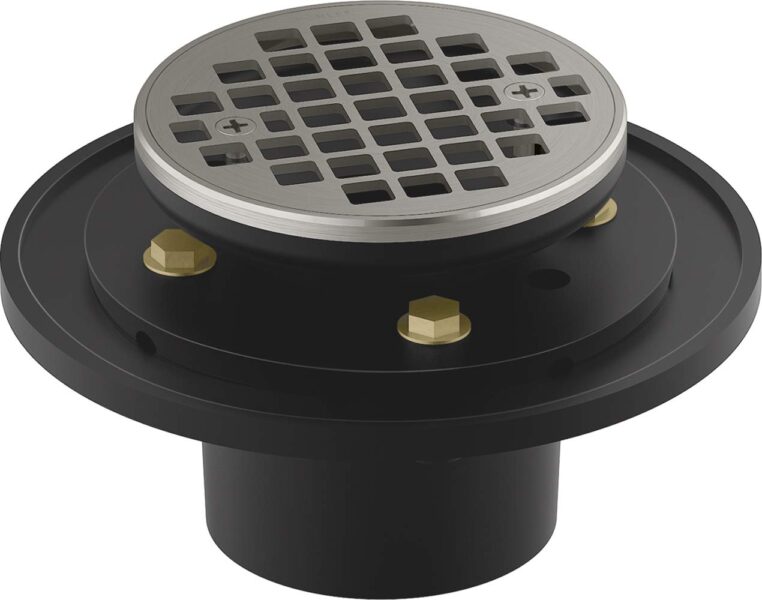When it comes to plumbing, the difference between hassle-free drainage and temperamental clogs often boils down to one critical detail: pipe sizing. If you’re remodeling a bathroom or just curious about the nuts and bolts of plumbing, understanding the distinctions between shower and tub drainpipe sizes can save you time, money, and potential headaches. Let’s break this down so you can make informed decisions for your next project.

Ever wonder why code regulations call for larger pipes for showers compared to tubs? According to U.S. plumbing codes, showers are required to use 2-inch pipes, while tubs typically use 1.5-inch pipes. This difference isn’t arbitrary—it’s all about how much water needs to be drained at once.
Shower drains handle a more consistent and higher water flow because they don’t include a tub basin to slow the drainage rate. A typical 2-inch drain can handle approximately 20–25 gallons per minute (gpm) vertically and 10–12 gpm horizontally. On the other hand, a 1.5-inch pipe used for tubs is sufficient because the water flow is naturally restricted by the time it takes for the tub to empty after use.
| Pipe Size | Typical Use | Flow Capacity |
|---|---|---|
| 2-inch | Shower Drains | 20–25 gpm (vertical) |
| 1.5-inch | Bathtub Drains | 10–12 gpm |

Installing the incorrect pipe size for your shower or tub isn’t just a code violation—it can lead to frustrating functional issues. A pipe that’s too small won’t adequately handle water flow, causing slow drainage and potential water pooling, especially with high-performance shower setups. On the flip side, using a larger pipe than necessary increases installation costs without any practical benefit.
For example, some shower designs include multiple showerheads or high-flow features, requiring careful consideration of pipe capacity. These setups can point to using larger pipes or even exploring 3-inch horizontal pipes for short runs to accommodate heavier water flows in the range of 15 gpm or more. For more detailed guidance on minimum drain size requirements with complex shower systems, you can refer to this policy statement.
If you’re thinking about using a 2-inch drain for a bathtub, in most cases, it’s unnecessary unless you’re installing high-capacity tub fillers or designing a combined shower-tub setup with significant flow rates. Standard tub installations don’t produce enough water to require the additional capacity offered by a 2-inch pipe, and sticking to the 1.5-inch standard will simplify your installation process while reducing material costs.
However, there’s no harm in consulting a professional plumber or checking additional local code requirements if you foresee unique use cases, such as a high-flow tub or dual-purpose wet space.
Here’s something surprising: While 2-inch pipes are standard for showers, there’s limited available data on how much flow the cover plates on these drains reduce water movement. If you have a high-flow shower setup and suspect the drain cover might be causing bottlenecks, addressing this overlooked detail can prevent surprise clogs down the line.
So, whether you’re fine-tuning your dream bathroom or just curious about the “why” behind pipe sizes, knowing the ins and outs of drainage regulations and performance will keep your project running smoothly and your shower draining flawlessly.
Have you ever encountered a pipe or drainage issue during a remodel? Share your story in the comments below, or let us know any tricks you’ve learned along the way!

Kohler-K-22671-BN-Clearflo-Shower-Brushed/dp/B07X3PWQH7
Plumbing can seem daunting, but we hope this guide on selecting the right pipe sizes helps demystify the process and equips you for successful bathroom projects. Whether you're revamping your shower or curious about other home improvement tips, we'd love to keep the conversation going! Be sure to follow us on Facebook for the latest updates and join us on Instagram to see our favorite design inspirations. And if you're eager for a visual spin on home architecture, our Pinterest boards are brimming with ideas to spark your next project. Thank you for diving into the nitty-gritty with us, and remember, the right pipe can make all the difference!
When selecting the appropriate size for your shower drain pipe, it's important to note that a 2-inch pipe is typically recommended. Most bathtubs, however, use 1.5-inch pipes due to their deeper nature. The difference in size is because shower pans are shallower, presenting a greater risk for overflow if not properly sized.
According to plumbing codes, shower drains should have an outlet size that is no less than 1.5 inches (38 mm) in diameter. Additionally, all waste fittings must comply with ASME A112 standards.
The standard pipe size for shower arms, which extend from the wall, features a 1/2" male pipe thread. Similarly, most shower heads match this with a 1/2" female pipe thread to ensure compatibility.

Immerse yourself in architecture’s most boundary-pushing ideas—where innovative home improvements meet visionary urban developments. Discover new building techniques, materials, and creative concepts that are redefining how we shape our spaces on a global scale.